Premium Only Content
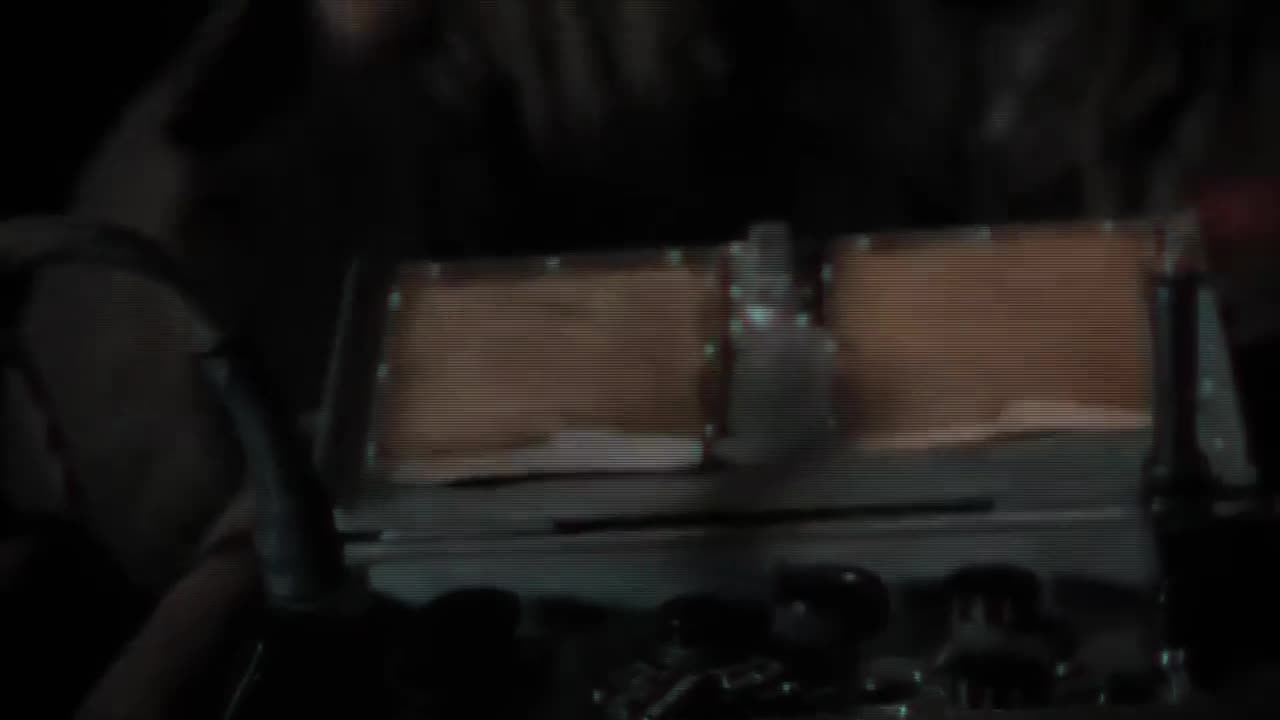
Operation Meeting-House: The Bombing Deadlier Than The Atomic Bomb
By early 1945, the outcome of the Second World War was obvious to anyone. Italy had been knocked out, Germany was retreating on all fronts, and the Americans were within striking distance of the Japanese mainland.
The question the Allies faced was how to end the war as quickly, and with as few casualties, as possible. This thinking would lead to one of the most controversial Allied actions of the war: the fire-bombing of Tokyo, codenamed Operation Meetinghouse.
In this video, we’ll explore what Operation Meetinghouse was and ask whether it was the right call. If you enjoy this video, don’t forget to like and subscribe for more videos like this one.
Lead-Up
With the conquest of Guam and the Marianas in early 1945, American bombers could now reliably strike Japan itself. Allied leadership began to consider how they might undertake an invasion of Japan once Germany had been defeated in Europe. Certainly, Japan would have to be weakened first. Its industrial capacity had to be crippled and its population demoralized to pave the way for a full-scale invasion.
This was the issue faced by Major General Curtis LeMay, Commander of the 21st Bomber Command in the Pacific. LeMay addressed this problem the same way the Allies had solved the issue in Europe, with the most American solution of all: bombs.
LeMay and the US military leadership knew that a strategic bombing campaign on Japanese cities would cripple their industry and demoralize the population, much as it had done in Germany. These bombing campaigns would inevitably target civilians, but this didn’t phase LeMay or any of the US leadership. After all, the entire conflict had seen atrocity upon atrocity inflicted on non-combatants, and, ultimately, the US believed that the civilian costs were worth the potential saving of military lives.
-
 LIVE
LIVE
cosmicvandenim
14 hours agoVAN DENIM x RALLIED & GRITS | Team 6: Denim Grit | Warzonepalooza Tournament
290 watching -
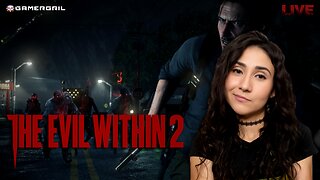 LIVE
LIVE
GamerGril
1 hour ago💕 The Evil Within 2 💕 | First Time Playthrough | Backseat Gaming Encouraged
59 watching -
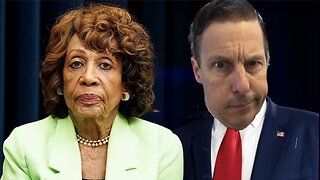 1:03:57
1:03:57
Jeff Ahern
2 hours ago $1.85 earnedThe Saturday show with Jeff Ahern
10.5K3 -
 LIVE
LIVE
ZWOGs
1 hour ago🔴LIVE IN 1440p! - Sgt Wilky's WARZONEPALOOZA - Warzone Resurgence Tournament - Come Hang Out!
44 watching -
 LIVE
LIVE
Flexible Games
4 hours agoMasked Stranger in Grounded 2!
28 watching -
 LIVE
LIVE
DynastyXL
8 hours ago🔴LIVE: Fortnite The Comeback Stream Starts Here🎃
70 watching -
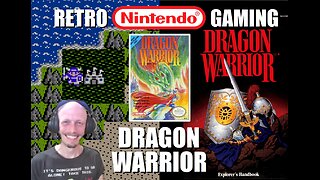 3:22:32
3:22:32
BrightGaming
3 hours agoDragon Warrior 1 (NES): Defeat the DragonLord & Save the Kingdom as Erdrick's Heir with BrightGaming
15.8K2 -
 19:15
19:15
Stephen Gardner
20 hours ago🟢YES! Trump did it! + Elon Musk DROPS BOMBSHELL on Democrat Party!
126K254 -
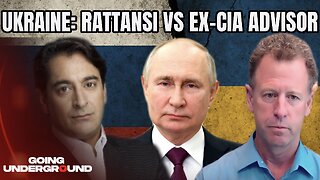 29:24
29:24
Afshin Rattansi's Going Underground
1 day agoEx-CIA Advisor & Afshin Rattansi Have HEATED Exchange Over Ukraine Proxy War
14.2K42 -
 1:06:17
1:06:17
Mike Rowe
22 hours agoThe Mastermind Behind THIS Radical Idea At WSU Tech | Sheree Utash #448 | The Way I Heard It
103K17